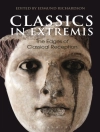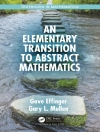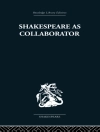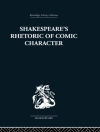This book explores how humorous depictions of the Great War worked to familiarise, domesticate, and tame the conflict. While well-known examples of First World War literature often emphasize enormous emotional disruption and the war’s extremes, other writers used humour to encourage a gentle, mild amusement, drawing on familiar, popular genres and forms used before 1914. In humorous portrayals of the war, tameness outdoes the unmanageable and the temperate exceeds the extraordinary.
Humour in British First World War Literature is based on little-known primary material uncovered from detailed archival research, as well as works that, though written by celebrated authors, tend not to be placed in the canon of Great War literature. Each chapter examines key examples of literary texts, ranging from short stories and poetry to theatre and periodicals, in doing so investigating the complex representational, political, and social significance of the tame strand in humorous Great War literature.
Зміст
1. Introduction: ‘[A]s in most war fiction, humour predominates’.- 2. Humour and Britishness During the Great War: ‘If a man brings us a joke, we require to be satisfied of its durability’.- 3. The Domestication of Death: ‘There are lots of jokes’.- 4. Class and Social Structure: ‘It is not taken seriously’.- 5. War and the Depiction of Gender: ‘Let us hope for the best and assume that he is dead’.- 6. The War and the Domestic Sphere: ‘That perpetual sense of the ridiculous’.- 7. Parody and Pop Culture in Trench Newspapers: ‘Let’s whistle ragtime ditties while we’re bashing out Hun brains’.- 8. Short Fiction and Service-Author Heroes: ‘You can’t expect glory and accuracy for a half-penny’.- 9. Conclusion.
Про автора
Emily Anderson is a researcher, writer, and podcaster. Her research interests are in literary humour and unfinished projects.












